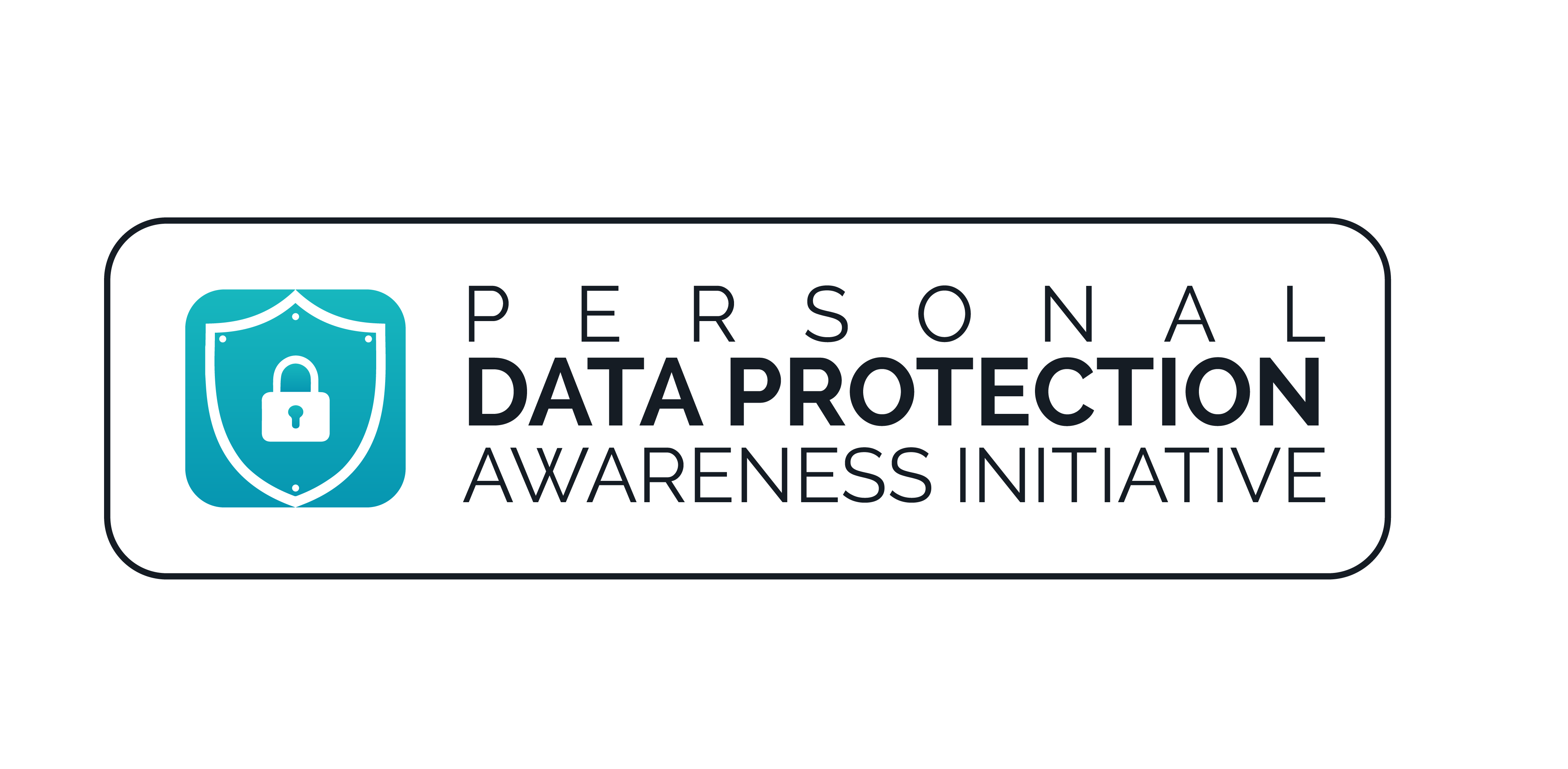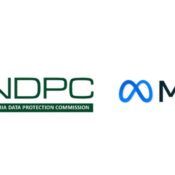
Navigating the Data Protection Seas: Ensuring Adequate Record Management
Introduction
Navigating the constantly evolving landscape of data protection compliance can be a daunting task, but with the right tools and techniques, it can be a smooth voyage. Like a skilled captain who employs navigational aids to ensure a safe journey, businesses can rely on proper record management as a crucial tool in their data protection strategy.
The Voyage Begins: Unraveling Data Protection Laws
Let’s first establish some context before discussing the significance of record management. Data protection laws like the General Data Protection Regulation (GDPR) have emerged as a symbol of privacy in our digital age. These laws grant individuals the power to control their personal data and place certain obligations on organizations, including the development of a record of processing activities (RoPA). The GDPR provides for this obligation in Section 30. This obligation has been duplicated in other laws, including the recently enacted Nigeria Data Protection Act.
The Heart of Accountability in Ensuring Compliance: Record Management
Imagine your record management documentation, comprising the data inventory and records of processing activities, as the map of your data journey. It is an all-encompassing record that details the lifecycle of data in your company, from inception to disposal. It is the evidence of an organization’s demonstration of compliance. Here’s why it is important for data protection compliance:
- Transparency and Accountability: It ensures transparency by documenting why, how, and what data is processed. This transparency builds trust with individuals and regulators. It’s also your evidence of accountability. It shows that you’ve taken steps to comply with data protection laws.
- Risk Assessment: By mapping data flows, you can identify potential risks to individuals’ privacy. This empowers you to implement safeguards and mitigate risks.
- Legal Compliance: This is your compass for legal compliance. Regulatory bodies may request your RoPA to assess your adherence to data protection laws.
- Data Subject Rights: It enables you to fulfil individuals’ requests regarding their data. With this record, you can swiftly respond to access, rectification, and erasure requests.
- Data Protection by Design: A robust record management system is a vital tool for implementing a “Data Protection by Design and Default” approach. This means considering data protection from the inception of projects or systems.
Creating Your Record: A Guided Journey
Now that you understand its importance, let’s embark on creating your data inventory and record of processing activities:
- Identify data sources:
To get started, you need to catalogue every possible information vault at your company. Databases, programs, paper documents, and other data repositories fall under this category.
- Categorize data:
Classify the data into categories based on its type, sensitivity, and purpose. Common categories include personal data, special categories (sensitive data), and non-personal data.
- Data mapping:
Create a detailed data map for each data source. This map should include:
- Data source name and description.
- Categories of data stored.
- Data subjects (individuals) associated with the data (where necessary).
- Data retention periods.
- Data sharing or transfer activities.
- Any third parties or processors involved.
- Data flow diagrams:
Visualize data flows with data flow diagrams to understand who can access the data and how it moves between systems.
- Data owners and processors:
Determine the data owners (persons in charge of the data) and the data processors (organizations that handle the data on your behalf). Assign them roles and responsibilities.
- Data retention schedule:
Create a data retention schedule that specifies the time that various types of data will be kept and the date that they should be deleted.
- Security measures:
Record the security measures taken to safeguard data, such as encryption, access restrictions, and routine security audits.
While data inventories are custom-made, that is, they can be made to reflect specific data points the organization wants to see, Data protection laws and regulations have stated specific information that must be provided in a Record of Processing Activities (RoPA). In other words, a RoPA is required by law and constitutes the standard format of compliance under most laws. To keep your RoPA, you may find these steps helpful.
- Compile a list of all the departments in your business.
- Provide your company’s basic information. This includes the name of your company, the contact details, usually the company’s Data Protection Officer (DPO).
- Consider all departments with processes for personal data, and think of the people responsible for these processes in each department.
- Get every department to make a list of all their activities that use personal data and give details about each of these activities. Provide information such as the legal basis for processing, the purpose of processing, data category (what type of personal data is it?), data storage and retention period, data sharing (do you give data to third parties, cross-border transfer and relevant transfer mechanisms, security measures, etc.
In addition, the Irish Data Protection Commission has issued guidance on keeping a Record of Processing Activities, which you may find helpful here.
By following these steps and maintaining an accurate and up-to-date data inventory and RoPA documentation, you can demonstrate your organization’s commitment to data protection compliance and transparency.
Conclusion
We have journeyed through the vast ocean of data protection with the help of data inventory and the Record of Processing Activities (RoPA). It has been quite an adventure! As we wrap up our expedition, it is important to remember that navigating data compliance can be challenging, but with effective record management skills, you can sail with confidence. Once your data map is clear and your RoPA is up-to-date, ensuring compliance becomes easier. Whether you are leading a small startup or a large multinational corporation, it is crucial to maintain a robust record management system to ensure transparency and accountability. Always keep your compass pointed towards these values.



